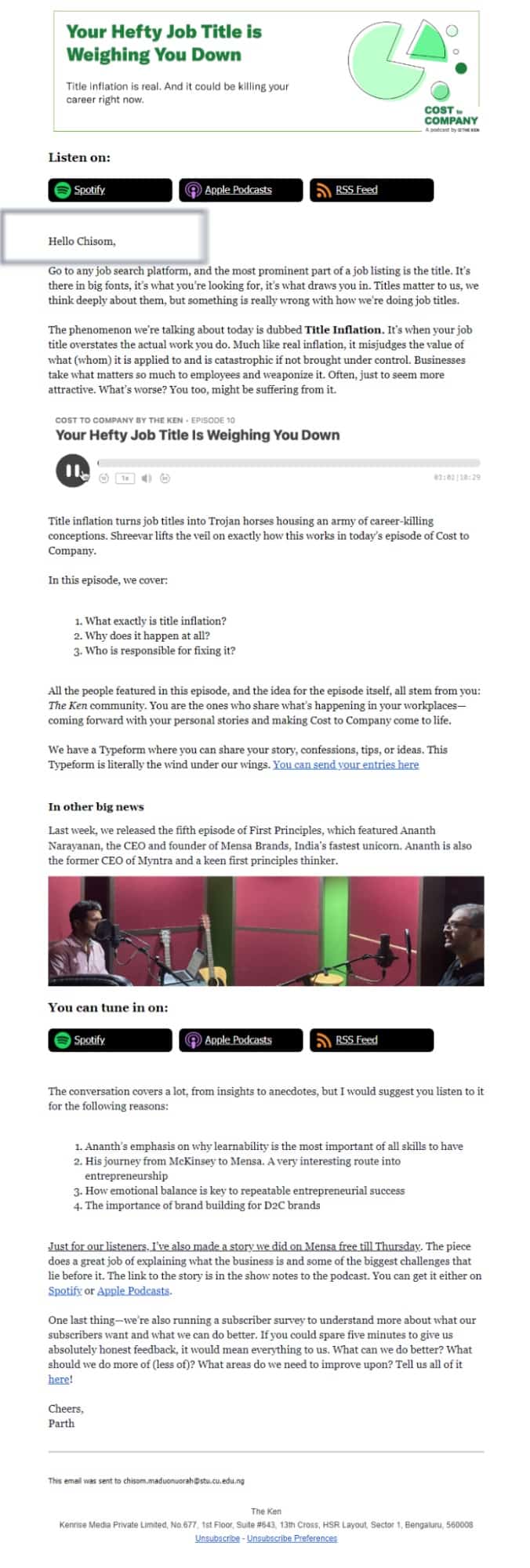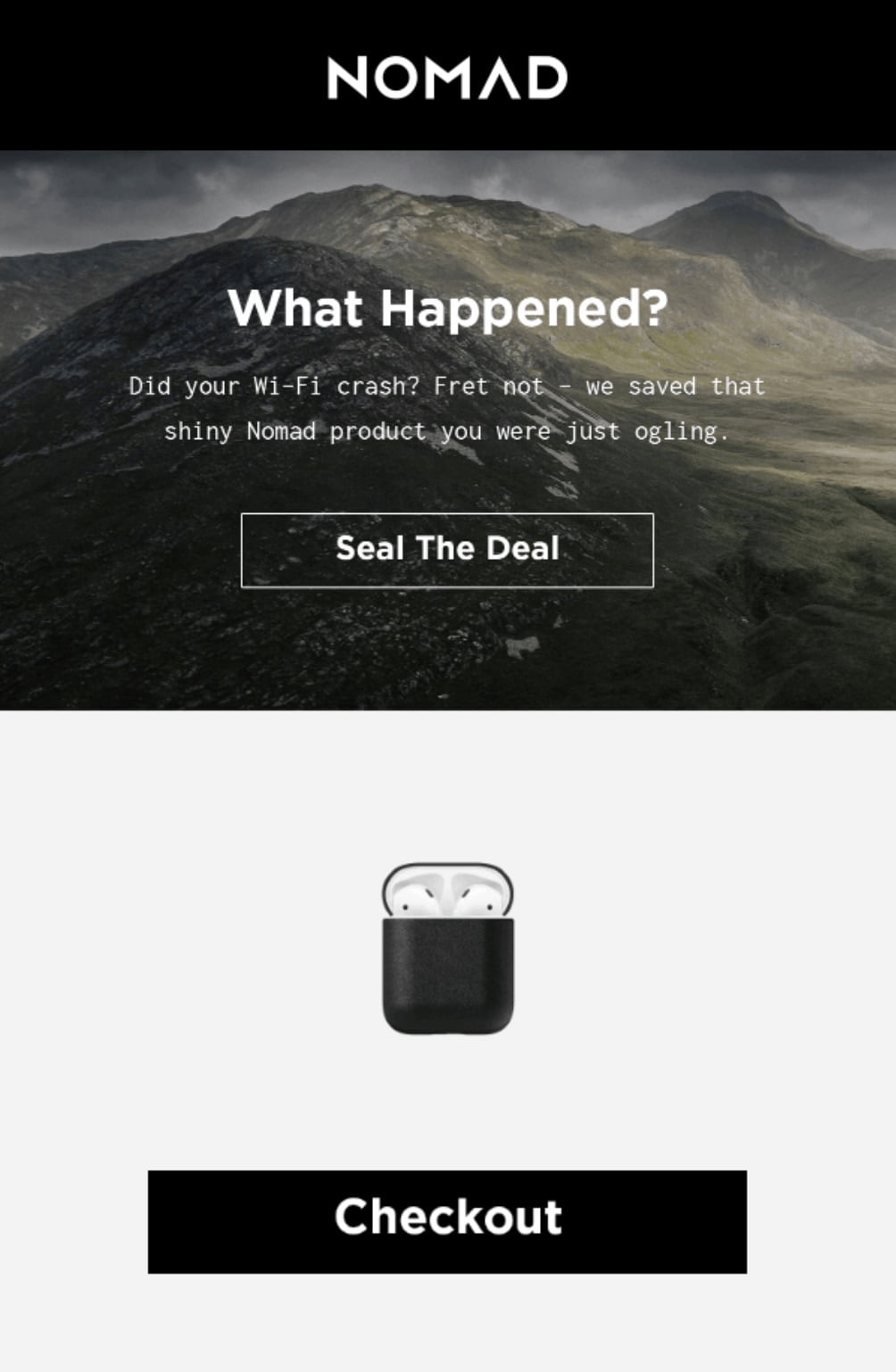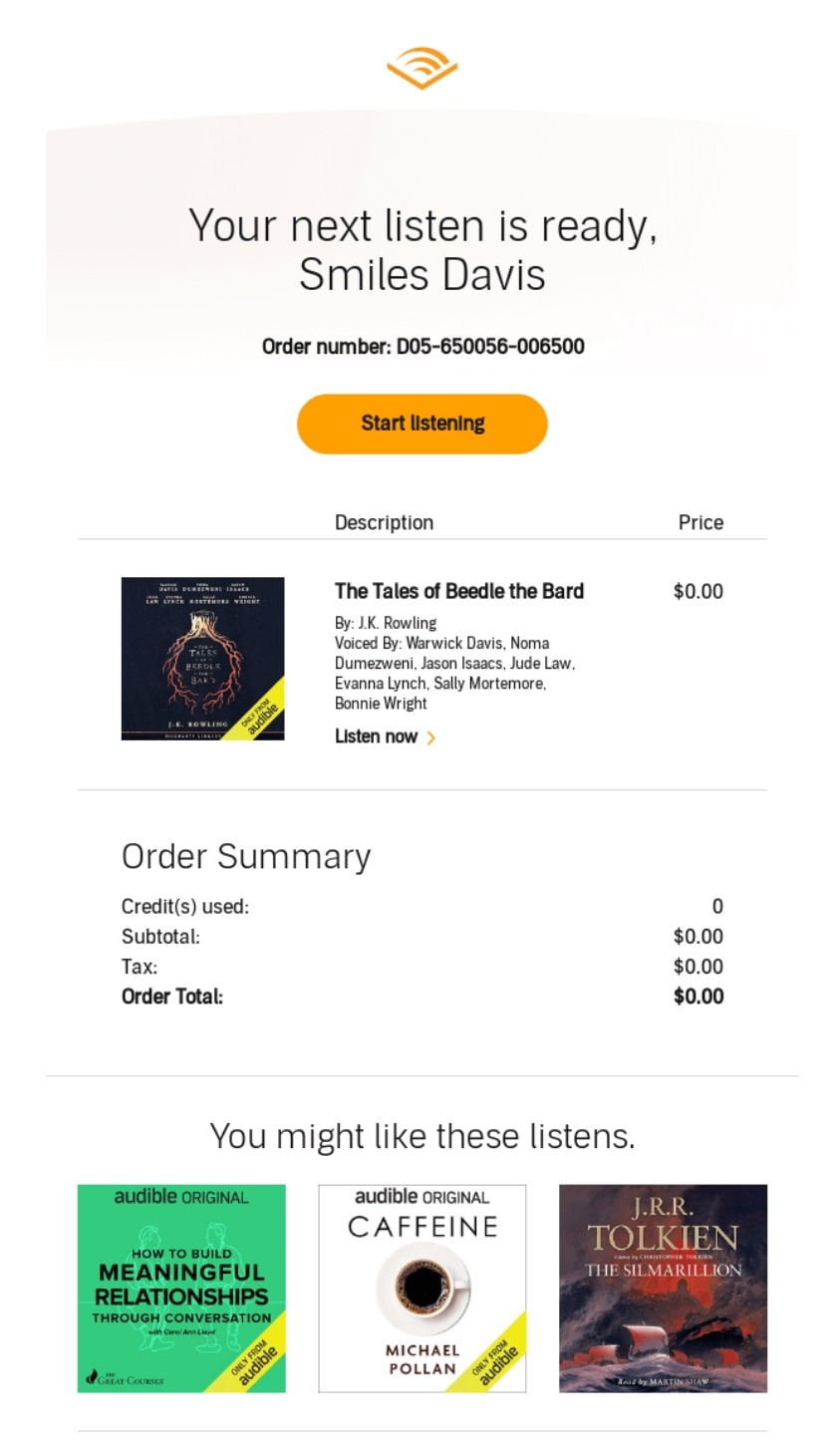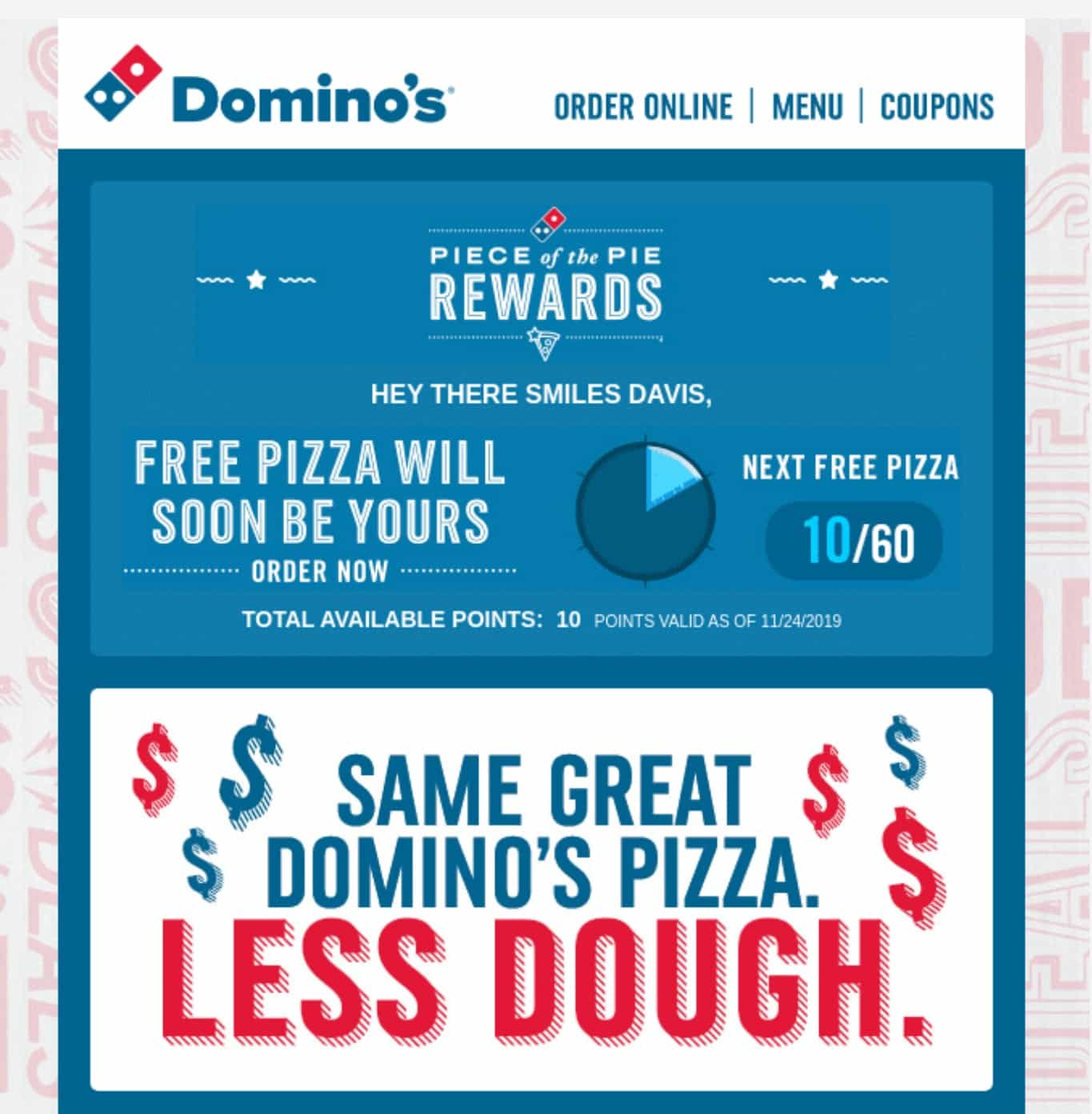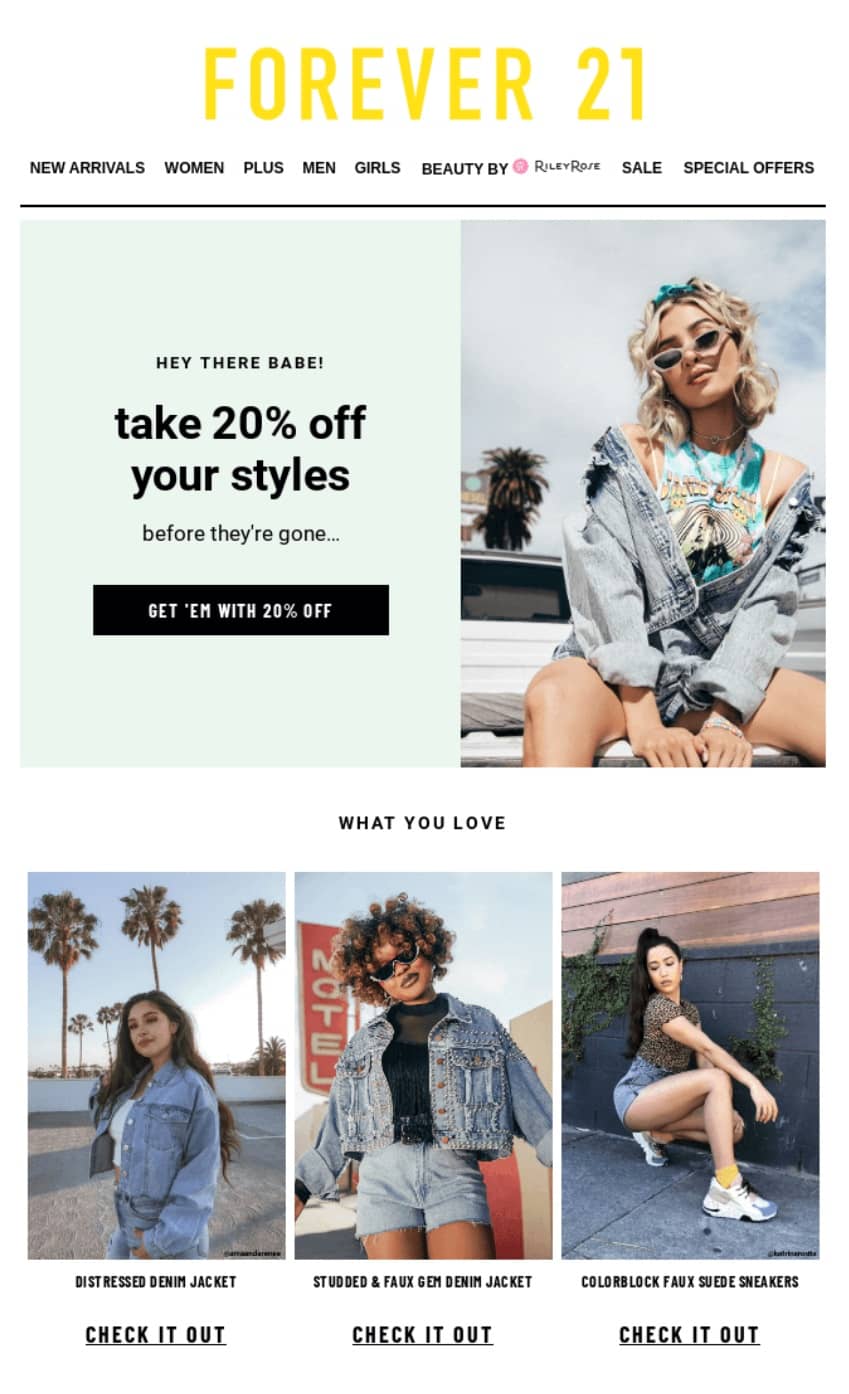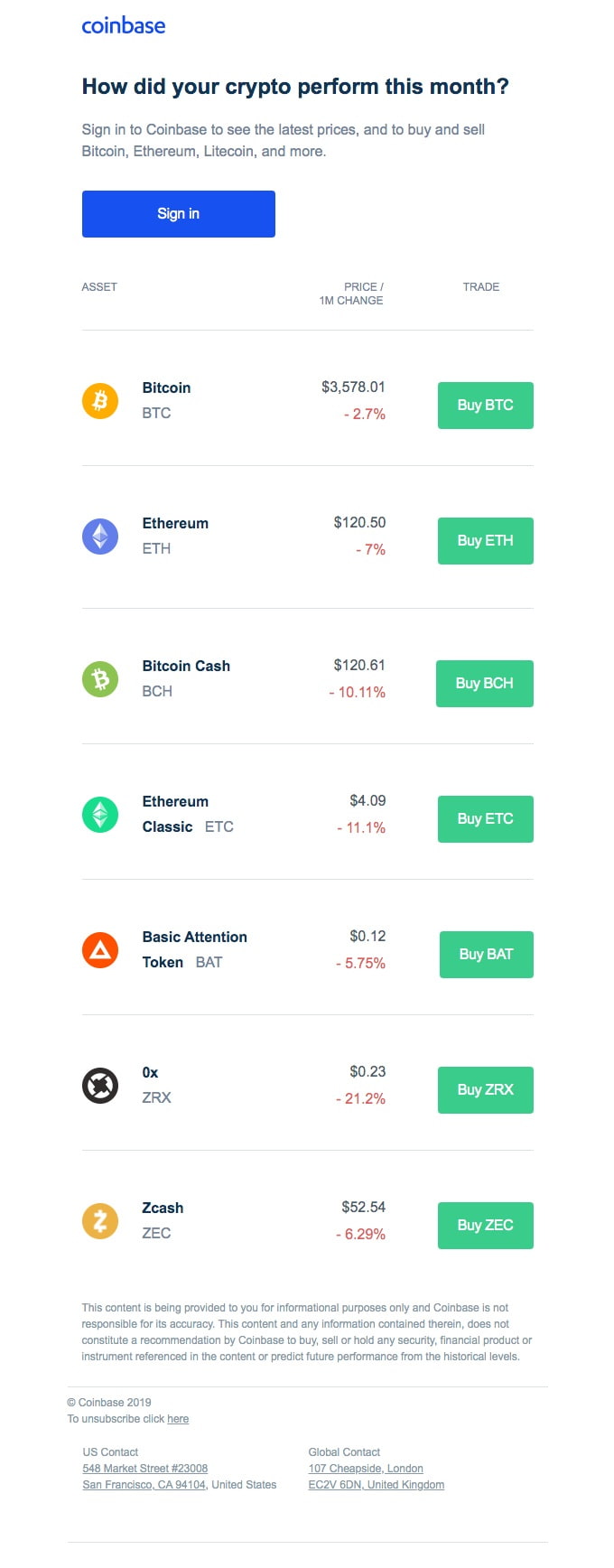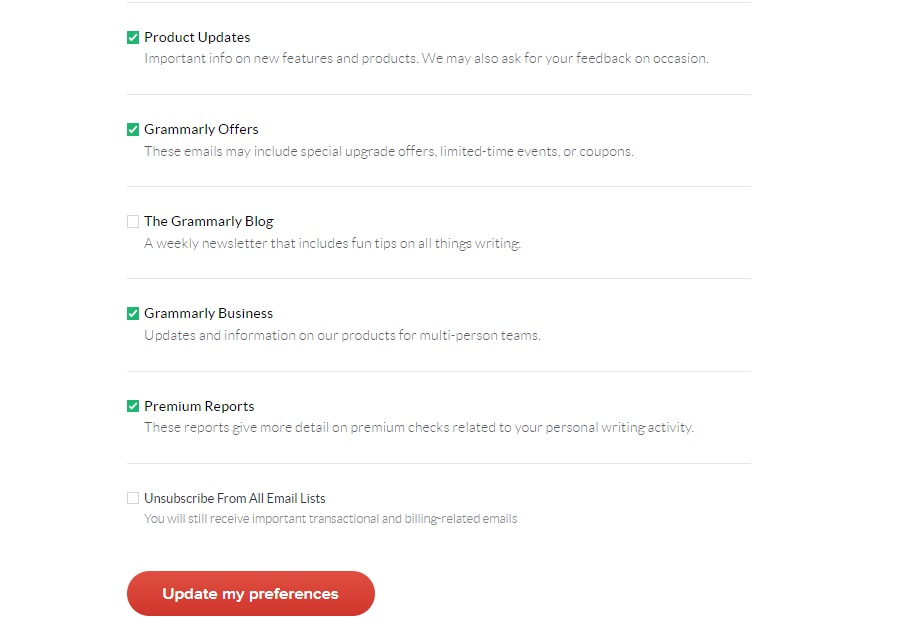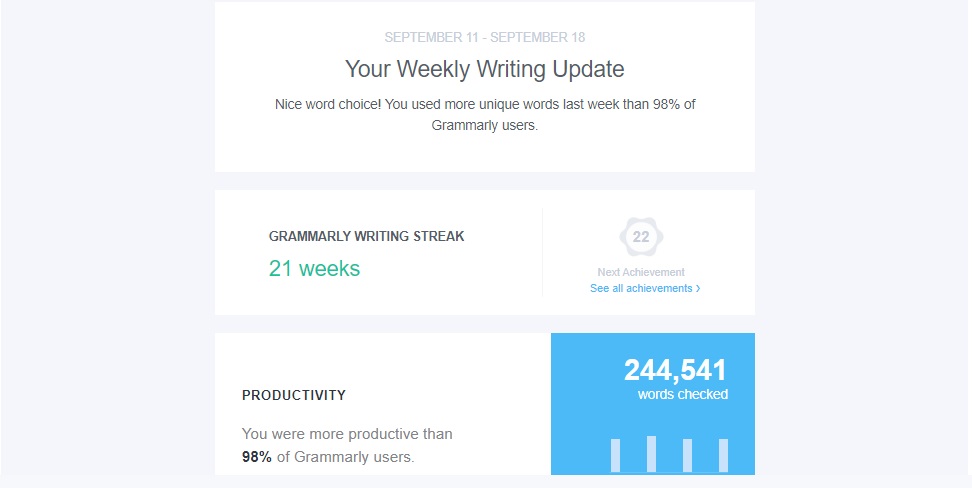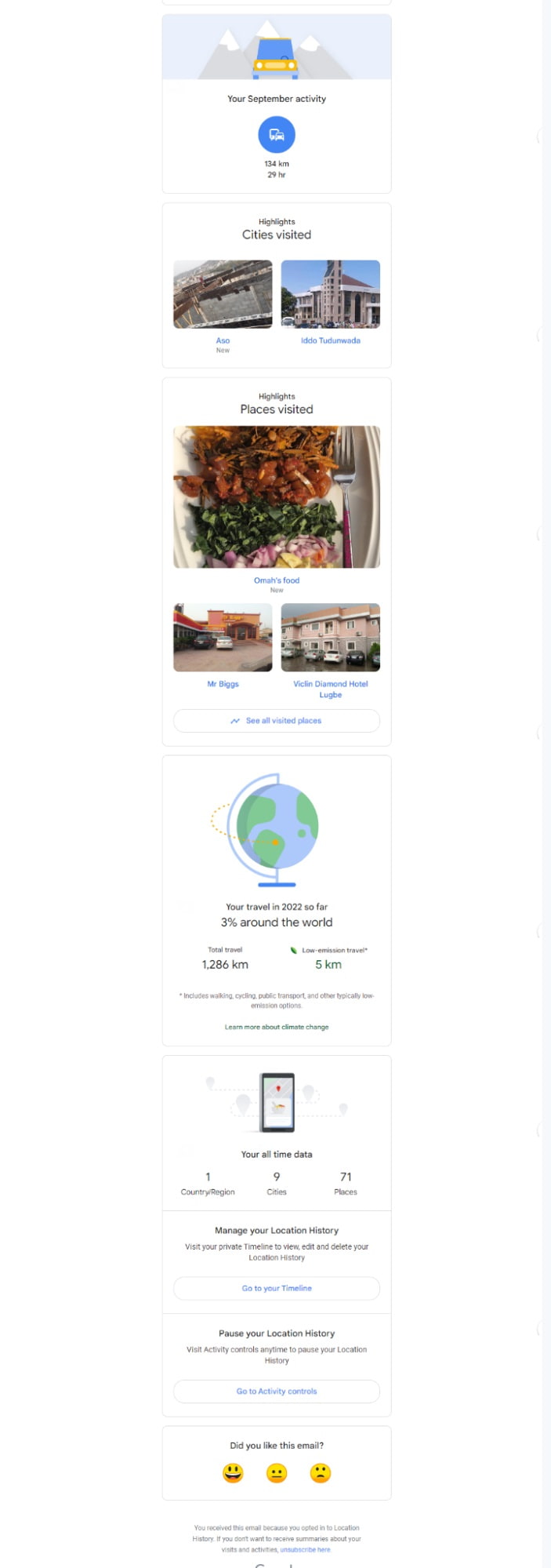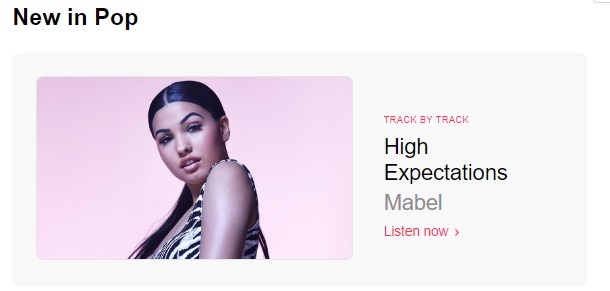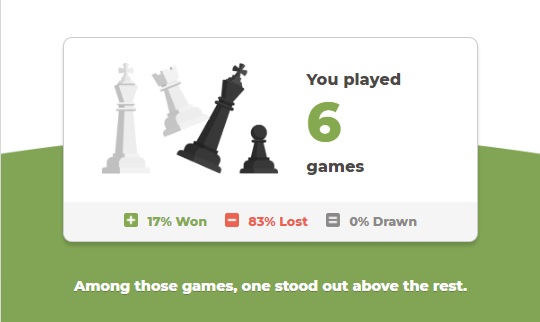Have you ever seen an email in your inbox starting with "Dear [your name]"? Such an email will likely draw your attention. Many thoughts run through your head — could it be a family member? An old friend? A colleague? You open it, and it’s from a brand you bought something from. That brand employed personalization to get your attention.
This article will introduce you to email marketing personalization and how you can make use of the strategy to improve customer relationships.
What is Personalization in Email Marketing?
There are more than 4 billion regular email users, and it would be a disservice to ignore this massive user base in your marketing campaigns. Personalization is when you target an email marketing campaign to a specific customer using data you have about them. You can target customers using different forms of data, such as their first or last name, location, gender, last item purchased, interests, and so on.
An example of a personalized email using a customer’s name.
Email marketing personalization is a tried and tested way of increasing your open and click-through rates. However, one issue with it is that it takes considerable time and effort to gather customer data, process and manage it, and send personalized emails to each customer. However, many tools can help automate the processes, such as UniOne.
Common Forms of Email Marketing Personalization
There are many types of personalized emails. The most widespread types include:
Abandoned Cart Emails
If you run an online store, you can send an email to customers that added products to their shopping cart but didn't buy them. Such email can include photos of the product in their cart and a link to complete the checkout process at your store. You can toss in time-limited discounts to compel them to buy the products.
You can learn more about this type of email in our article “Abandoned Cart Emails: Examples & Tips.”
Product Recommendations
You can track your customers' browsing history or purchases and recommend the most suitable products. For instance, if your customer bought a video game in your store, you can recommend other video games from the same genre. You can also promote a discounted bundle of the products they view most to encourage them to purchase it.
Celebrate Customers’ Milestones
You can send emails each time your customer achieves a milestone on your platform. For instance, if you run an online education platform, you can send a congratulatory message when a user completes their first course. This trivial email will likely make the user happy and more receptive to your future emails.
Personalization vs. Customization
Personalization and customization have a lot in common but aren’t the same thing. Email marketing personalization entails sending subscribers targeted emails based on their data, while customization means subscribers receive emails based on their settings. In other words, personalization puts you in control of the email flow, while customization puts the customer in charge.
- Consider this scenario: customization is when you purchase music on iTunes to play on your iPad. Personalization is when you stream via Apple Music, and it recommends songs for you based on your previous music selections.
Personalization and customization are both vital to email marketing, and it’s necessary to know when to choose one over the other.
Why Personalize?
The primary aim of email marketing personalization is to deliver content that matches users' needs and interests without them specifying it. It involves profiling the user and sending targeted emails based on their profile.
There are two main types of personalization:
- Role-based personalization. This method involves grouping users according to common characteristics and sending targeted emails to that group.
For instance, you can group all users who browse mostly through women's clothes on your online store. You can then send promotional emails with this kind of clothing product to these users, as they’re more likely to buy them.
- Individualized personalization. This method involves targeting each customer with their unique characteristics to send marketing emails. For example, Coinbase, a cryptocurrency exchange, sends users reports of how their crypto investments perform every month. Every user receives a unique email showing the cryptocurrencies in their portfolio and how they've appreciated or reduced in value over the past month.
The advantage of personalization is an enhanced user experience without any effort from the users. The downside is that you may incorrectly guess what a customer would prefer and send ineffective emails.
Why Customize?
Customization lets users determine what exactly they want to see instead of you trying to do that based on their profile. It can improve your interaction with customers because they’re in control of the email flow. If a customer chooses what type of marketing emails they want to receive and gets exactly those ones, they’re more likely to interact with them.
Customization
The advantage of customization is that the user can get exactly the type of promotional emails they want, which makes them more likely to respond. The downside is that many users aren't interested in providing this information to marketers.
Benefits of Email Personalization
Improved Customer Relationship
Email marketing personalization makes the customer more likely to take advantage of discounts, promos, reward points, and other promotional offerings. Doing so builds a stronger relationship between the customer and your brand, which results in higher sales.
Lower Unsubscribe Rates
Customers that receive relevant emails will look forward to receiving more emails instead of hitting that unsubscribe button. Unsubscribers are inevitable, but you can considerably reduce your customer churn by personalizing emails.
Higher Conversion Rate
Conversion rate is the percentage of customers that take the suggested action in your email campaign, e.g., buying an item or signing up to an email list. Email marketing personalization makes it more likely for readers to take that action and increase your conversion rate.
Builds Social Capital
Customers that enjoy personalized emails may share their positive experience with friends or family and spread the word about your brand. The people they share their experience with can also share them with others, building social capital for your business.
Examples of Personalized Emails
1. Grammarly Weekly Insights
Grammarly is a cloud-based tool that monitors the text you type and points out errors regarding spelling, grammar, punctuation, clarity, etc. Even this article was edited with the help of the service :)
Every week, Grammarly sends each user distinctive insights into their Grammarly usage, including the number of words they typed, the uniqueness of their vocabulary, and common writing mistakes they made. The platform makes it fun by comparing each user’s performance against others.
The weekly email includes an offer to upgrade to Grammarly Premium, which many users respond to, generating more sales for the company.
2. Google Maps Timeline
Google Maps is the world’s most popular mapping app, enabling users to navigate unfamiliar areas around the globe with ease. Every monthly and annual interval, Google Maps sends an interactive timeline showing each user which locations they visited and how much distance they traveled. The timeline information is intriguing to many.
Some users share their Google Maps timeline on their social media page to show their friends where they visited throughout the month or year. Doing so compels their friends to also share theirs and compare their travels for fun. These interactions register Google Maps in the memory of other social media users that don’t use the app, which constitutes free advertising.
Some users aren’t comfortable with an app monitoring their location, but they can always disable this feature on Google Maps.
3. Apple Music Recommendations
Apple Music is a popular music streaming app with tens of millions of global users.
To keep users engaged, the service sends regular email recommendations based on their previous listening habits. If you’re the type that listens mostly to pop songs on Apple Music, you’ll receive recommendations for the latest pop songs. A similar thing happens if it’s hip-hop, classical music, jazz, and so on.
The emails are a strategy that Apple employs to keep users engaged with its music streaming app and away from competitors like Spotify and Pandora.
4. Chess.com Year In Review
Chess.com is a website that lets users connect to chess servers and play the game against each other. It also includes a social networking section to enable users to interact and keep up with the latest events in the chess industry.
At the end of every year, you should expect a flurry of “Year In Review” emails from different platforms you subscribe to. These emails summarize your activity for that year, and you can compare yours with your social circle.
Chess.com sends an email blast at the end of every year, showing each user how many games they played and which percentage they lost or won, trophies, ratings, and achievements. Recipients with good stats tend to brag about it on their social media profiles, giving Chess.com free online advertising.
Final Thoughts On Email Personalization
Email marketing personalization confers many benefits for a business. It leads to improved customer relationships, greater brand recognition, and higher conversion rates, which translate to increased sales. Email marketing is one of the most prominent email channels, and personalization can increase the effectiveness of your email campaigns.
One of the challenges associated with email marketing personalization is collecting data on each customer and sending tailor-made emails to them. It’ll be painstaking to do that manually, but the good news is that many tools are available to automate the processes of email personalization, including gathering the data and sending emails based on that data.
UniOne is one such platform that allows you to send personalized emails to as many subscribers as you may need. You can also monitor critical statistics like delivery rates, click-throughs, and unsubscriptions so that you’d know where to improve.
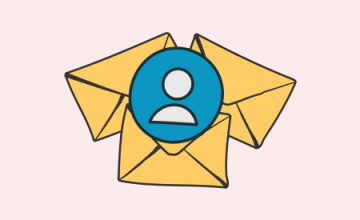

 18 october 2022, 14:22
18 october 2022, 14:22
 732
732
